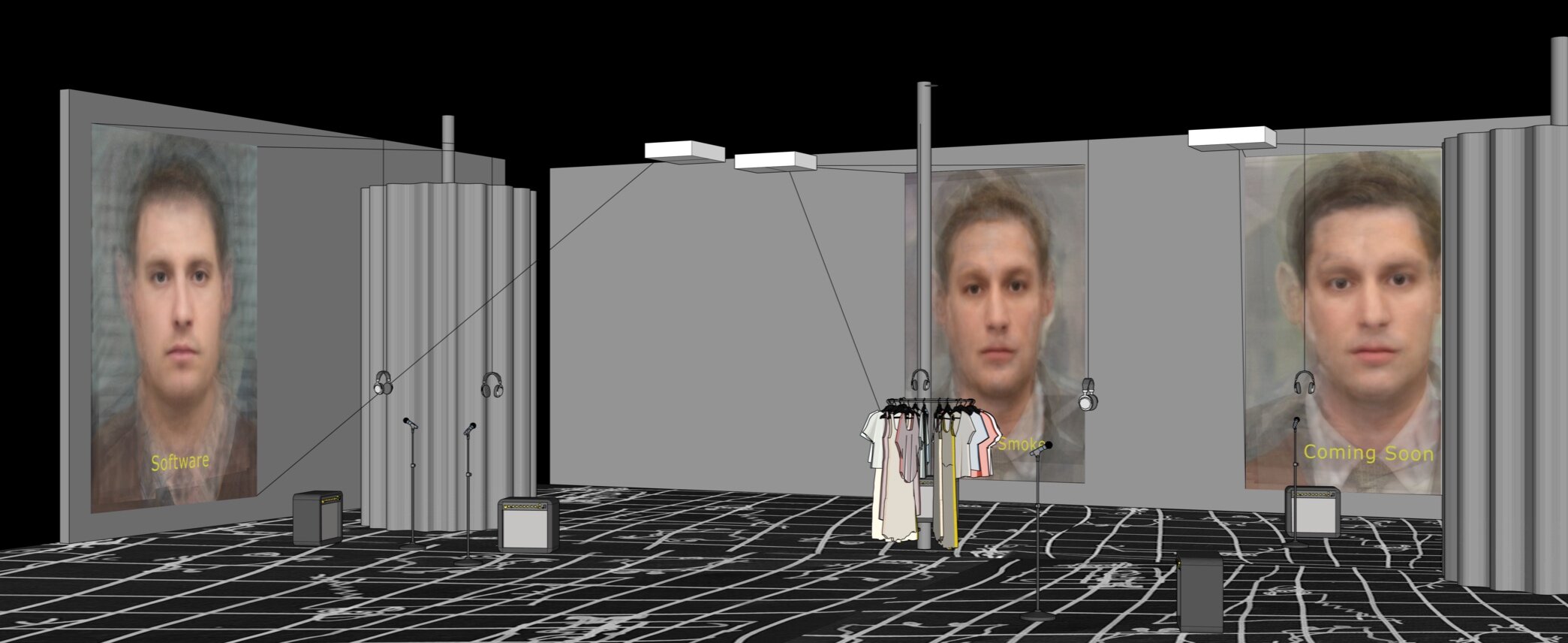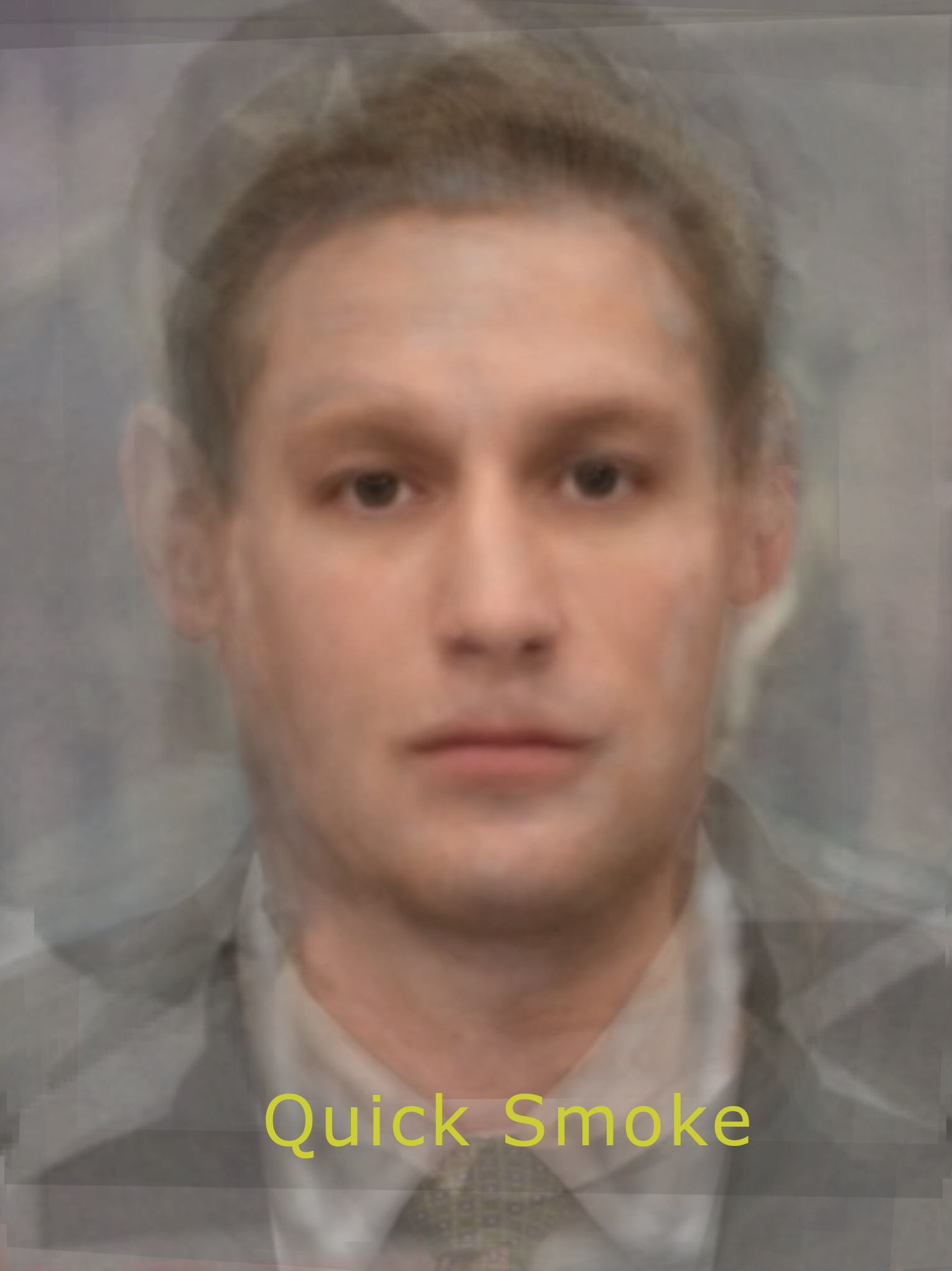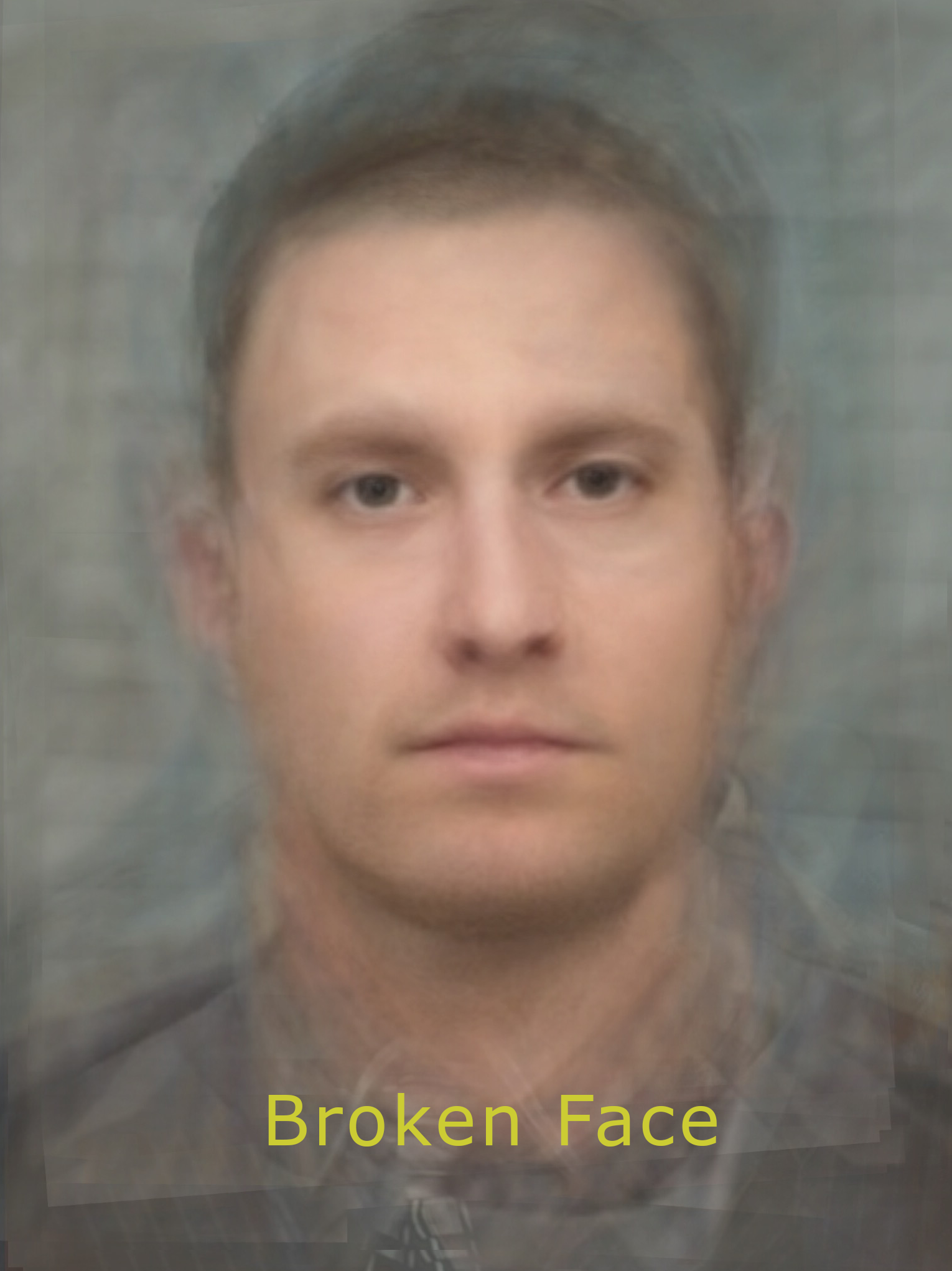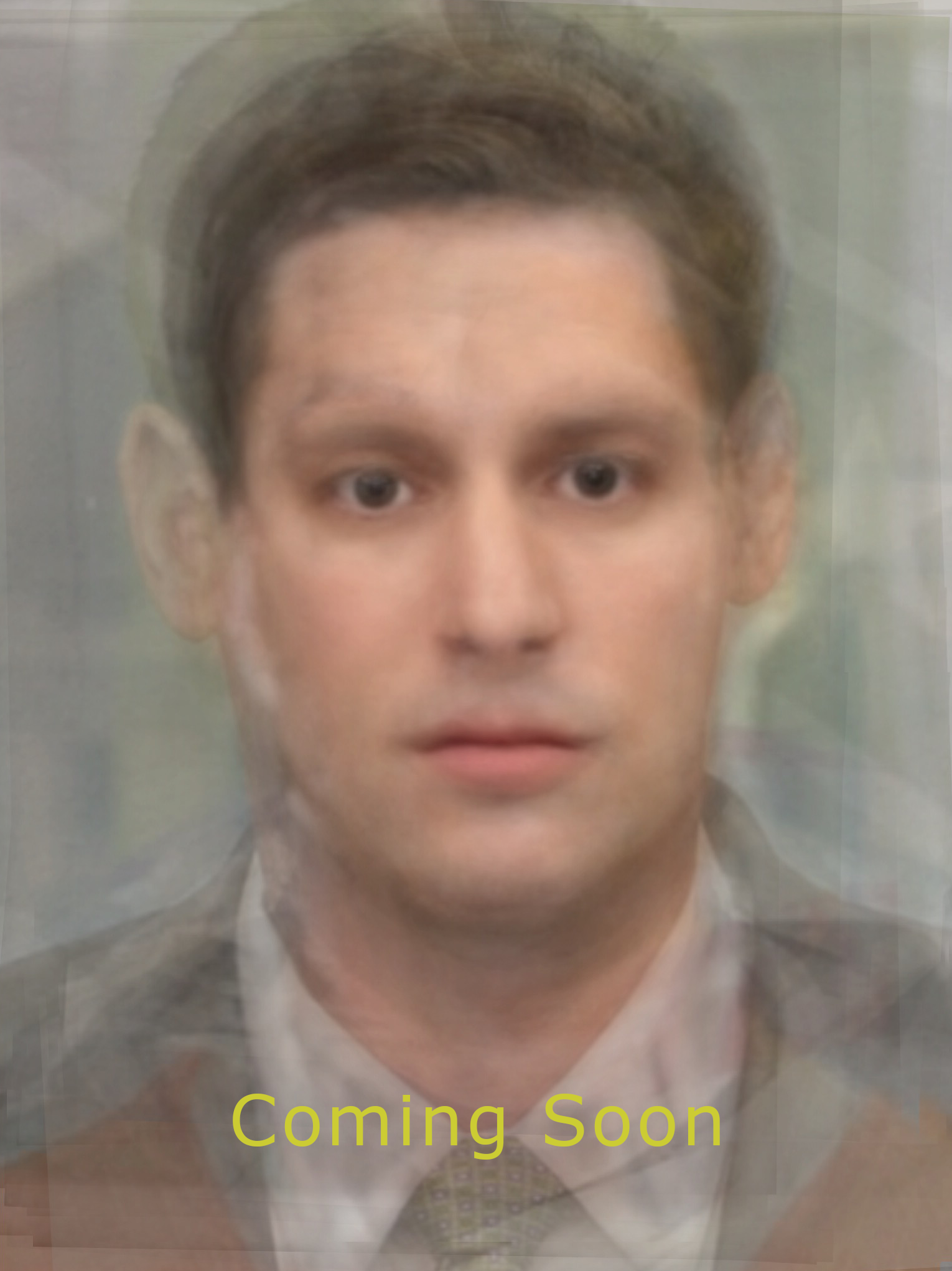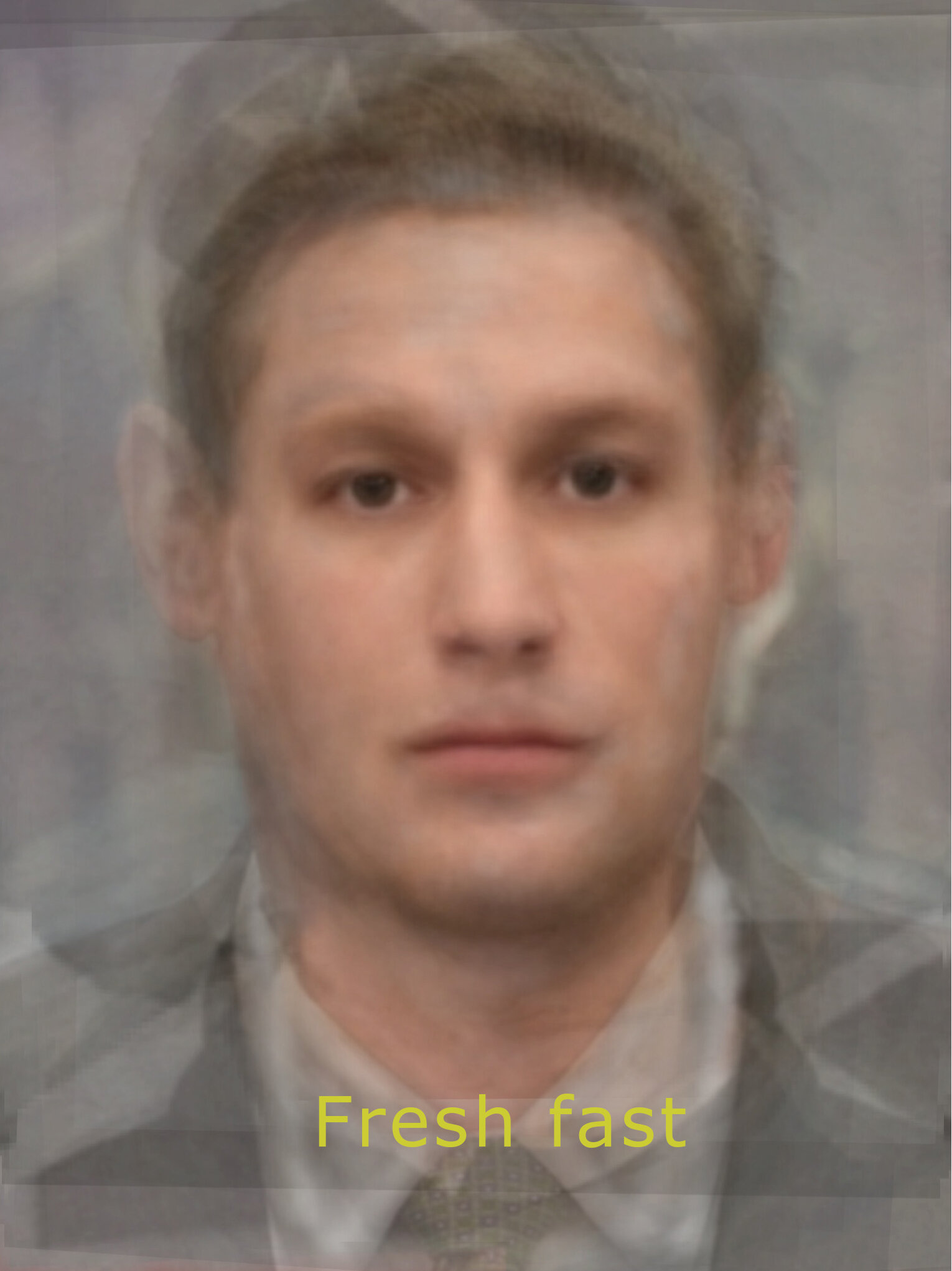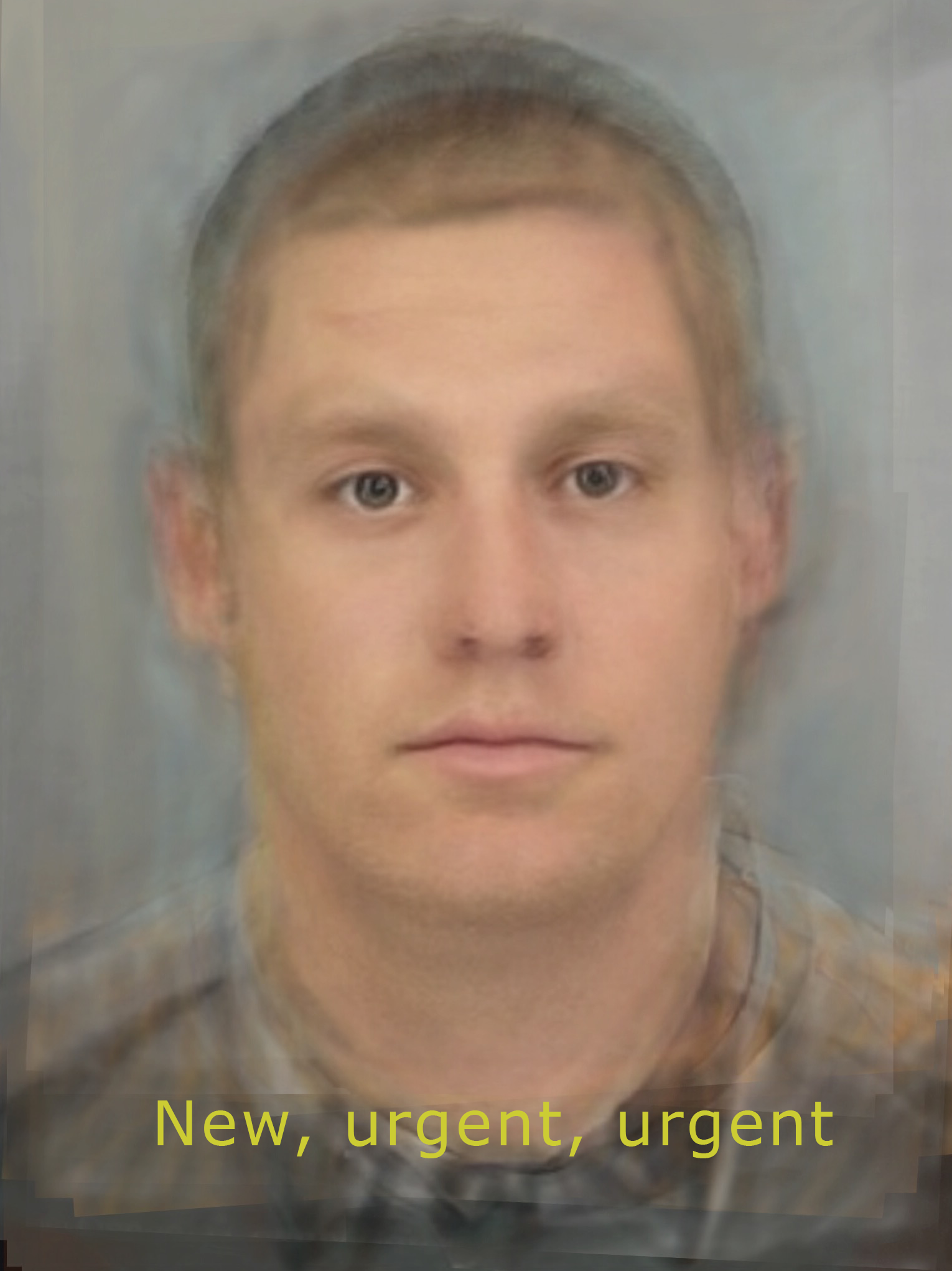KARAOKE silence
Today, expressions of white supremacy are visible in every corner of the Internet: on websites, blogs and forums; mainstream and little known social media platforms; messaging apps; gaming platforms; video and music sharing sites; and messaging boards from which new online subcultures have emerged.
The project ‘KARAOKE silence’ questions the inability of social media companies to admit their responsibility in the distribution of white supremacist hate / conspiracy content. KARAOKE silence is conceived as an experiential installation that invites the audience to participate while questioning their responsibility or expressing their aversion to the subject.
Four to six video projections are at the base of the installation. They show the animated footage of composted portraits based on the faces of CEO’s or men behind the curtain of the main social media companies: Mark Zuckerberg and Joel Kaplan (Facebook/Instagram), Jack Dorsey (Twitter), Sundar Pichai and Susan Wojcicki (Google/Youtube), Ryan Roslansky (LinkedIn), Pavel Durov (Telegram), Andrew Torba (Gab & VKontakte), John Matze (Parler) and Ray Vahey (Bitchute). Mugshots of white nationalists, neo nazis found on the internet are layered, altered on the original portrait into a rapid animation.
As many as there are projections, there are karaoke machines connected to them. The audience only hears a click track or a simple beat through the headphones, the texts of the poems/videos that are named after the video portraits are embedded in the visuals. when people sing along/talk, their voices are projected into the space. The texts are derived from sentences in explicit rap songs that are translated again and again through an erosive translation process until they lose their violent meaning. The loss through translation in this case can be seen as the neutralisation of meaning, unlike the forces that companies like Google can conjure up in the real/online world.
Around the pillars in the room hang cylinders made of curtains that serve as dressing rooms in which the public can dress up from a selection of carnival and theatre costumes. The floor is covered with children’s drawings (reproduced and enlarged in chalk that can be renewed from time to time) inspired by drawings made by migrant children imprisoned in refugee camps. One could imagine working with children from local schools and families by drawing the children’s memories of the “traumatic” experience of 0106 at the Capitol.

